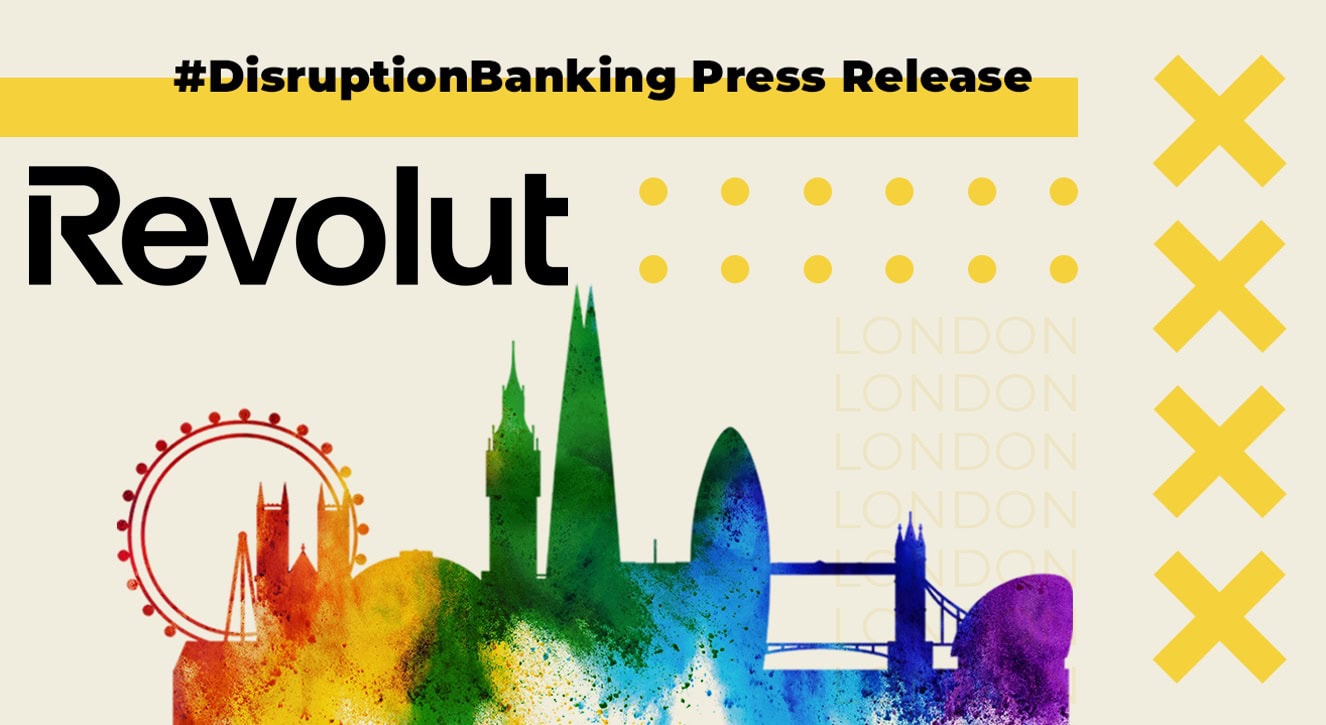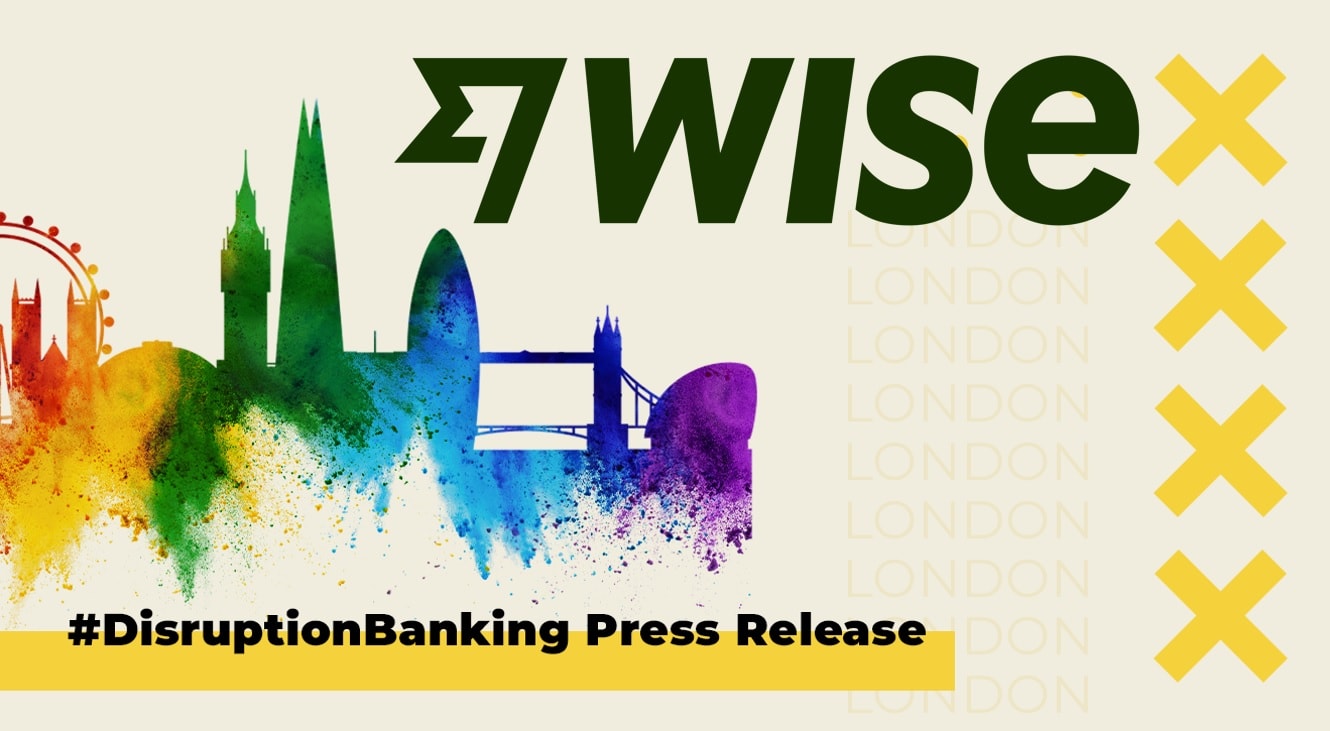Jim Wadsworth, Senior Vice President, Open Banking, Mastercard, discusses the trends and concerns surrounding open banking, and shares what the company is doing to ensure that the concept remains on an upward curve;
“Open banking has grown to become a global phenomenon. It represents a huge change in the banking industry, driving API (application programming interface) advancement and enabling third-party developers to build financial apps and services; improving financial transparency and offering accountholders better options for their data; and fostering innovation in open-source technology.
Open banking is about putting customers in full control of the data in their bank accounts. Third parties can initiate payments on behalf of consumers or small businesses, with open-banking payments authenticated directly between them and their banks. This means that merchants can avoid potential chargebacks arising from an inability to capture funds or fraudulent activity. From a regulator’s perspective, the benefits include heightened competition and innovation in and around the banking and payments market.
Under PSD2 (the EU Payment Services Directive), banks across Europe must have their APIs live by September 2019, although the UK’s domestic equivalent of open banking went live last year.
Account Aggregation
One of the areas witnessing significant activity is account aggregation, which is now offered by all the major banks. Account aggregation isn’t necessarily new – look at Mint in the US or Yolt – but historically these have been reliant on screenscraping, and one of the major developments of the openbanking revolution is the shift from screen-scraping to more secure APIs.
Understanding customer needs is essential to the success of open banking, and providing clever tools and sophisticated data analytics offers significant advantages. It means that banks can target offers to customers, in terms of both product and timing – for example, by knowing when customers are looking for a loan or their next savings product.
“Understanding customer needs is essential to the success of open banking”

Aside from account aggregation, other major use cases include the transformation of how customers apply for and obtain credit. With open banking, applying for a mortgage or a personal or business loan can be streamlined by giving consent for a lender to access a customer’s accounts for a period of time, rather than having to provide account histories and bank statements. It makes life easier for both the borrower and the lender.
We are also seeing oriented lending use cases emerging, whereby a number of providers of business accounting services are streamlining and simplifying their services to their customers, such as how account data is populated into their accounting services.
In the credit space, too, some credit reference agencies are making use of open banking to improve their service offerings and boost their understanding of customers. For example, one credit reference agency has launched a service that helps tenants looking to rent a property by confirming to potential landlords their ability to pay the rent.
Moving Beyond Payments
Across Europe, we are seeing innovation and experimentation going on beyond the regulated APIs. One example is from one of the leading banks in Spain: BBVA. The bank has already started to expose APIs that move beyond payment and cover things such as saving accounts. Elsewhere, a bank in the Netherlands, ABN AMRO, has created a good concept with a Dutch corporate to explore customer identity attributes. This is something we expect to become increasingly significant in time.

Of course, plenty of data-oriented services are already available and we’re beginning to see payment services go live. One of the highest-profile examples of this is a service provided by global payment company Adyen to KLM, the Dutch airline. Using the service, UK citizens can now pay for flight tickets with KLM online via open banking.
Myles Dawson, Adyen’s UK managing director, says: “Bank transfers between consumers and merchants are already extremely popular in mainland Europe because they offer greater fraud protection without adding friction to the payment process.”
Adyen’s open-banking-powered payment method went live in February and generated plenty of attention industry-wide.
This level of attention is translating into growth. HSBC has said it is experiencing growth in excess of 8% week over week in terms of the volume of third-party hits on its APIs.
Public Perception
Based on consumer statistics, it is clear that open banking is increasingly being used by the public and businesses. It’s interesting: if you ask customers directly what they know about open banking, they will usually say they don’t know anything about it. Equally, if you ask customers whether they would be willing to share their transaction history with a third party, most would say no. But if you talk to customers about the services open banking offers, such as making a loan application in a couple of minutes rather than a couple of hours, they overwhelmingly respond positively. Broader rollout and uptake of the technology largely relies on how open banking is perceived, how it is marketed, and whether individual and business customers can see relevance in a service.
A year ago, most banks were occupied with compliance, regulation and risks. But now most have either completed their compliance obligations or are well on their way to doing so.
There are, or course, some risks associated with this new financial world that banks are concerned about. There’s the strategic risk in terms of disintermediation, where customers are reaching banks through a third party, but there are also risks surrounding customers providing consent to various forms of third party and giving those third parties permission to access data in their accounts. There is caution over what happens when there’s a problem – someone sending money to the wrong place, or sending the wrong amount of money, or the misuse of data. Banks recognize that the first place a customer will go when there’s a problem isn’t to the third party, but to the bank itself. Mitigating this risk includes ensuring that the third party is still regulated and checking its background.
“Broader rollout and uptake of the technology largely relies on how open banking is perceived”
There is also apprehension around fragmentation in terms of API formats – a scenario where there are multiple different standards in regions and worldwide. Different banks implementing the same standard in slightly different ways could cause a level of overhead for third parties. This is creating a growing market of intermediaries that are looking to help solve the problem of third parties trying to create, for example, a pan-European service, but being faced with managing connections into hundreds, if not thousands, of banks with slightly different implementations of an API.
Banks are also concerned with dispute resolution if a third party causes a problem for a customer.
Mastercard is bringing forward some services to help address many of these worries. It will offer banks the opportunity to check, through Mastercard, in real-time, the regulatory status of a third party and whether they have caused any problems in the wider ecosystem. It is also working with third parties and banks to develop an agreed set of rules to help resolve disputes.
The organization is also making available a single API front end that third parties can connect to, giving them access to all the different APIs. In the background, we will deal with the complexity of connecting into the different banks’ APIs. This means the third party just needs to implement once and can leave the rest of connecting to Mastercard.
Enormous Opportunities
This huge shift in the industry marks enormous opportunities for Financial Institutions (FIs), consumers and businesses alike. Increased transparency and more choice are just some of the benefits that will be seen. What is also reassuring is that any possible concerns, resulting from the scale and speed of innovation are being addressed by the industry, with organizations like Mastercard leading the way to ensure that all players within the open banking ecosystem, from FIs to TPPs, are on the front foot for their customers.
















2 Responses